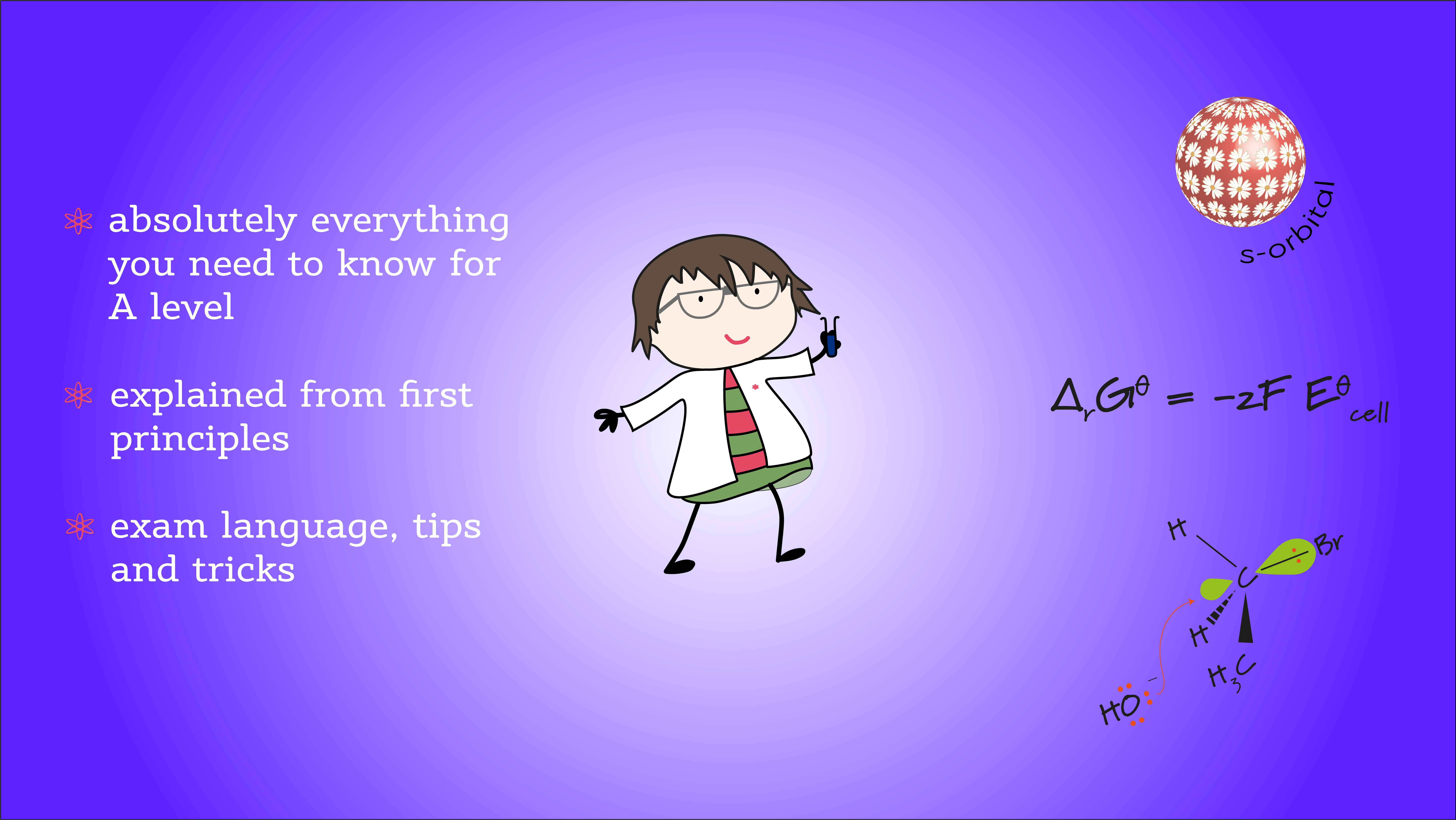Calculations for AS and A level Chemistry
Being confident in tackling different types of mole calculation is the foundation upon which much of A level chemistry stands
The ultimate A level chemistry resource

Being confident in tackling different types of mole calculation is the foundation upon which much of A level chemistry stands
This is a set of more difficult long answer exam questions that require you to use data from mass spectra,
Continue readingMixed spectra long answer exam question practice
24th NOvember 2025 Trending study hacks you should try (and a few you shouldn’t)! Powerful revision strategies and seriously effective
Polymers are long chain molecules made via addition polymerisation or condensation polymerisation – the result are all the plastics, fibres
Now that you have been introduced to the terminology and fundamental ideas of reaction mechanisms, it is time to focus
Continue readingElectrophilic addition reactions in alkenes (1)
Inductive and mesomeric effects both play an important role in determining how organic reactions happen through their abilities to stabilise
Continue readingStabilising carbocations through inductive and mesomeric effects
Most reactions take place via two or three steps with short-lived, unstable, intermediate ions bridging the steps from reactants to
Alkenes cannot rotate through their C=C double bond, it locks the structure of the molecule in place at that point.
Continue readingStereoisomerism and the Cahn, Ingold, Prelog rules
The chemistry that underlies the depletion of ozone in the stratosphere by chlorofluorocarbon molecules is really interesting – an application
Catalysts are able to lower the activation enthalpy, Ea, for a reaction, increasing the number of successful collisions between reactants
Continue readingHeterogeneous catalysis and catalytic converters
Photochemical smog is a brownish haze caused by the action of the sun’s visible and ultraviolet radiation on the primary
Continue readingWhat is photochemical smog and how do we prevent it from forming?
Global warming and the greenhouse effect are topics that everyone feels they know well enough (because you’ve done them to
Alkanes are exceptionally boring and unreactive molecules chemically speaking but we can persuade them to react with halogens in the
Continue readingWhat are free radical substitution reactions?